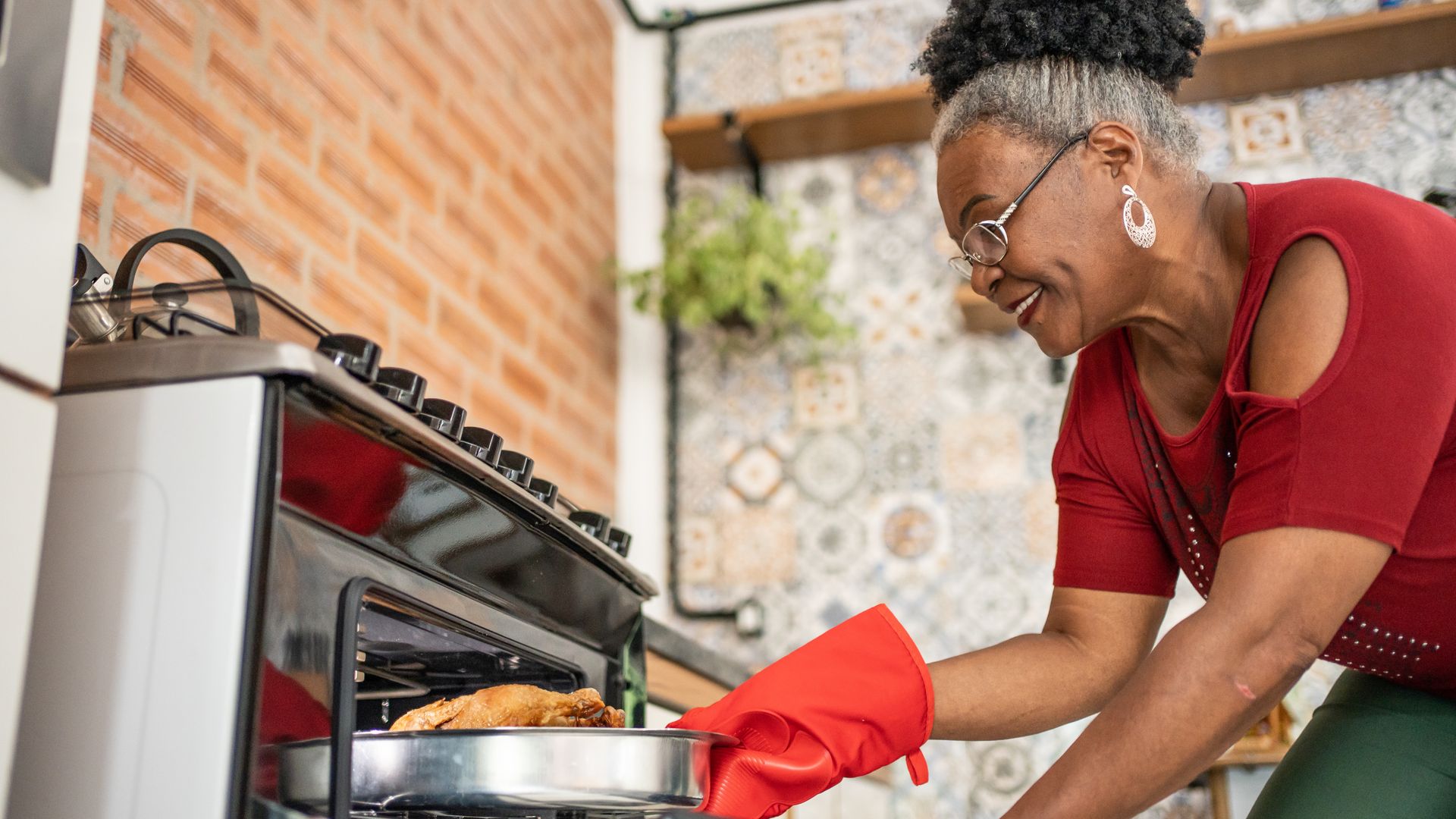If your baked goods come out uneven, your pizza crust burns before the cheese melts, or your roast chicken doesn’t get that golden skin, the culprit might not be your recipe; it could be your oven rack position. Where you place food in your oven matters more than most home cooks realize. Heat isn’t evenly distributed inside an oven, and knowing how to use each rack level can turn good cooking into great cooking.
Let’s break down how oven rack placement affects heat, texture, and cooking time, and how to choose the best position for whatever you’re making.
Understanding How Heat Moves in Your Oven
Most ovens have two heat sources: one at the bottom (for baking) and one at the top (for broiling). Hot air rises, which means the upper part of your oven is hotter and gives stronger direct heat from above, while the lower part is hotter from below. The middle rack gets more balanced, even heat.
The Three Main Rack Zones
Top Rack Best for Browning and Crisping
The top of your oven is a prime spot when you want food to brown fast or develop a crust. It’s closest to the broiler, so it’s ideal for:
- Melting cheese on casseroles
- Broiling steaks or fish
- Getting golden tops on breads or muffins in the final minutes
- Tip: Keep a close eye as food can burn quickly up here.
Middle Rack – The All-Around Hero
Think of this as your default rack position. It’s where you’ll get the most even cooking because heat circulates evenly around your dish. Use this for:
- Cookies
- Cakes and cupcakes
- Roasts and casseroles that need steady heat
- Tip: Start on the middle rack unless a recipe tells you otherwise.
Bottom Rack – Best for Crispy Bases and Roasting
The bottom rack puts you closest to the lower heating element, which delivers an intense burst of heat from below. This is perfect for:
- Crisping pizza crusts
- Roasting vegetables for caramelized edges
- Giving pie crusts a golden bottom
- Tip: Watch out for over-browning on the bottom and use a baking sheet or foil if needed.
When to Move Your Food During Cooking
Some recipes benefit from changing rack positions mid-bake. For example:
- Lasagna: Start in the middle, then move to the top rack for 5 minutes to brown the cheese.
- Cookies: If baking two trays simultaneously, swap their positions halfway for even results.
- Roast Chicken: Begin on the lower rack to cook the meat through, then shift up for crisp skin.
Special Cases: Convection Ovens
Convection ovens use a fan to circulate hot air, which evens out temperature differences. This means rack placement is slightly less critical, but you’ll still see subtle differences:
- Top rack in convection = still best for browning
- Middle rack = great for even bakes
- Bottom rack = extra crisping power
Quick Reference Cheat Sheet
Screenshot the below, print it, and stick it anywhere safe in your kitchen.
- Top Rack: Broiling, quick browning, melting cheese
- Middle Rack: Even baking, roasting, all-purpose cooking
- Bottom Rack: Crisp crusts, roasting veggies, pies, and tarts
The next time you pop something into the oven, consider where the heat comes from. That one small decision, moving a dish up or down a rack, can mean the difference between “just okay” and “restaurant quality.”
The middle rack will usually serve you well, but don’t be afraid to experiment. Your oven has more range than you think.
